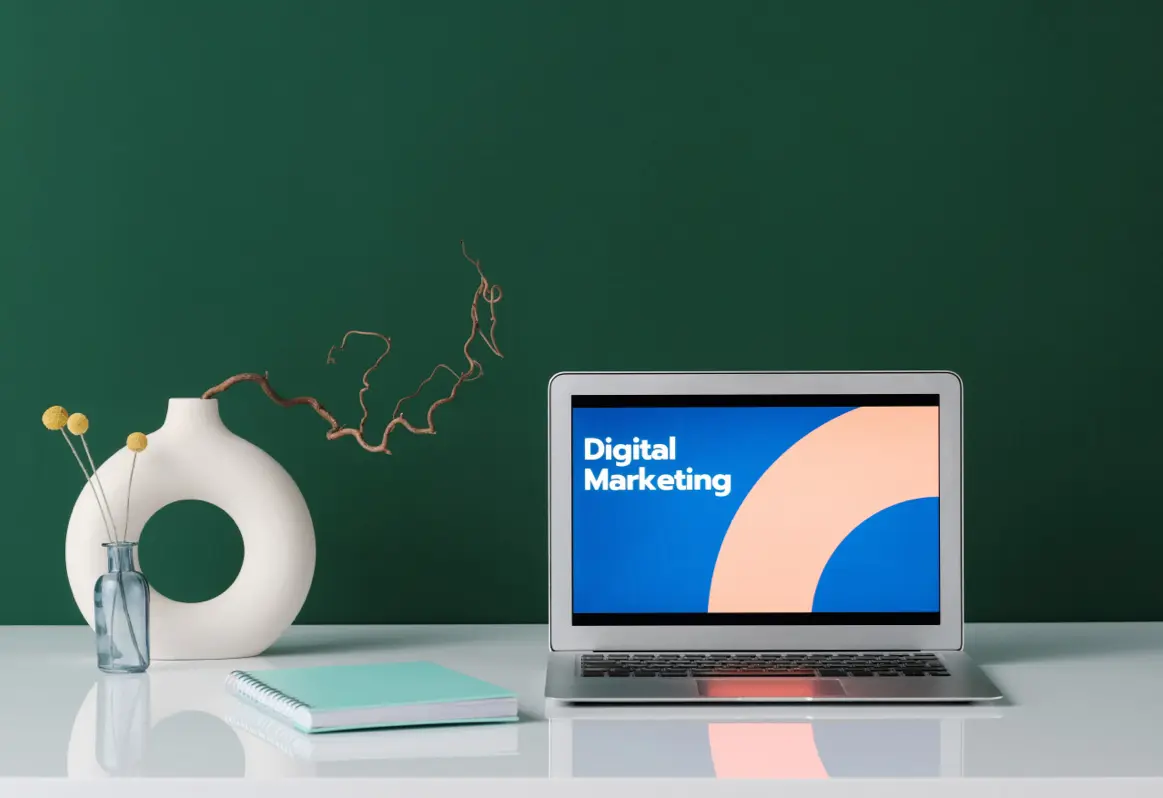In today’s digitally-driven world, the success of small businesses hinges on their ability to effectively navigate the online landscape. While traditional marketing methods still hold merit, embracing digital marketing strategies is essential for reaching and engaging with customers in a cost-effective and impactful manner. Whether you’re a budding entrepreneur or a seasoned business owner looking to enhance your online presence, this introduction to digital marketing for small businesses will provide valuable insights and actionable tips to help you thrive in the digital realm.
Understanding Digital Marketing
Digital marketing encompasses a wide range of online tactics and channels aimed at promoting products or services, building brand awareness, and driving conversions. Unlike traditional marketing, which relies on print ads, TV commercials, and direct mail, digital marketing leverages digital technologies and platforms to connect with target audiences in real-time. From search engine optimization (SEO) and social media marketing to email campaigns and content creation, the digital marketing landscape offers a plethora of opportunities for small businesses to amplify their reach and grow their customer base.
You’ll typically see longer videos on a business’s website or YouTube. Video and podcast hosting provider, Wistia, uses long-form video to educate its audience about the cost of video production.
Key Components of Digital Marketing
Website Optimization: Your website serves as the digital storefront for your business. Optimizing your website for search engines (SEO), ensuring mobile responsiveness, and providing a seamless user experience are essential for attracting and retaining visitors.
Content Marketing: Content is king in the digital marketing realm. Creating valuable, relevant, and engaging content in the form of blog posts, articles, videos, and infographics can help establish your brand as an authority in your industry and attract organic traffic to your website.
Social Media Marketing: Social media platforms offer a powerful avenue for connecting with customers, building brand loyalty, and driving website traffic. By crafting compelling content, engaging with followers, and leveraging paid advertising options, small businesses can effectively leverage social media to expand their reach and foster meaningful relationships with their audience.
Email Marketing: Email remains one of the most cost-effective and efficient ways to communicate with customers. Building an email list and sending targeted campaigns that provide value, promotions, and updates can help nurture leads, drive sales, and retain loyal customers.
Search Engine Marketing (SEM): SEM involves using paid advertising on search engines like Google to increase visibility and drive traffic to your website. Pay-per-click (PPC) campaigns allow you to bid on keywords relevant to your business and appear at the top of search engine results pages.
Analytics and Measurement: Monitoring and analyzing key metrics such as website traffic, conversion rates, and social media engagement are crucial for evaluating the effectiveness of your digital marketing efforts. Tools like Google Analytics and social media insights provide valuable data to inform strategic decision-making and optimize your campaigns for better results.
Conclusion
Digital marketing has leveled the playing field for small businesses, providing affordable and accessible avenues for reaching and engaging with target audiences. By understanding the key components of digital marketing and implementing strategic initiatives tailored to your business goals, small businesses can enhance their online presence, attract new customers, and drive sustainable growth in the digital age. Stay tuned for more in-depth guides and tips to help you navigate the exciting world of digital marketing for small businesses.
“Just remember that you can test different video lengths until you find what works best –– the sweet spot. Pay attention to your video performance and adjust until you see success.”
Hire a team of expert marketers to handle the research and video creation process for you
Just because something worked for one type of video doesn’t mean it will always work. Your video marketing strategy needs to be flexible and adjust to people’s viewing behaviors for maximum impact.
Ready to grow your revenue with Oryxson? Get a Free Consultation to Boost Your Business.





